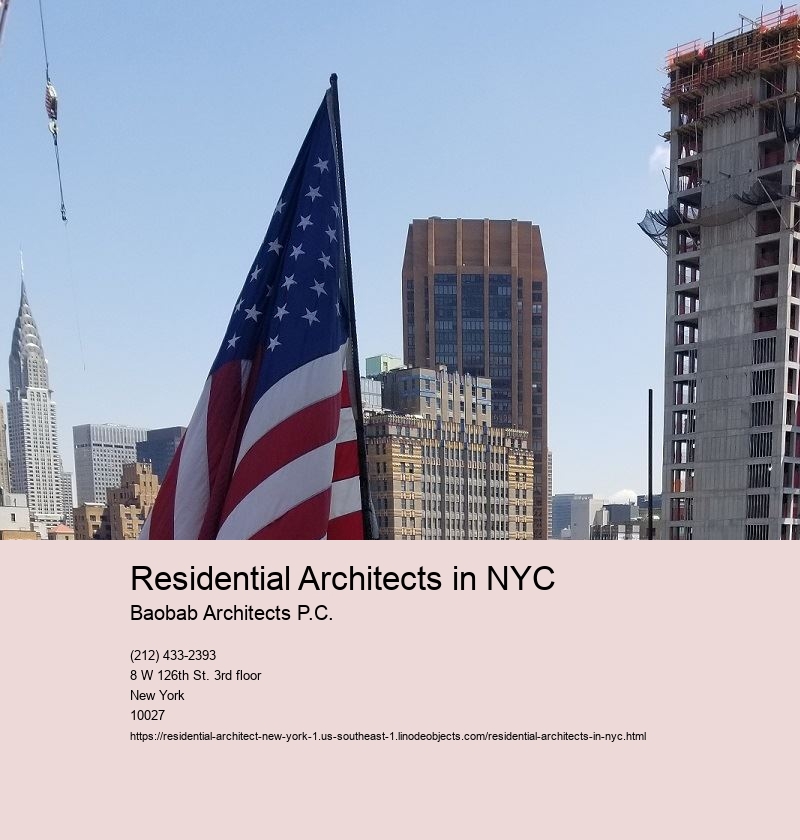Residential Architects in NYC
Revealing the Architectural Design Process: From Idea to Building
[object Object] Small architecture firms NYC .
Intro: Starting a journey from the perception of a building concept to its physical indication is akin to navigating a labyrinth of creative thinking, capability, and triviality. The architectural design procedure is a complex venture that perfectly mixes artistry with engineering, vision with functionality. In this extensive exploration, we delve into the complex steps associated with transforming a plain concept into a tangible structure, weaving together the threads of innovation, collaboration, and thorough planning.
-
The Genesis of Ideas: The architectural design process begins with a stimulate of ideas, a visionary concept that establishes the stage for the development of something phenomenal. Designers draw from a myriad of impacts –-- social, historical, environmental, and client-specific elements –-- to develop a style quick that encapsulates the significance of the project. This first phase is identified by conceptualizing sessions, sketching, and study, where ideas are improved, tested, and formed into meaningful visions.
-
Conceptualization and Schematic Layout: With the layout short as their compass, designers start the trip of conceptualization, converting abstract ideas right into tangible forms. With sketches, 3D versions, and architectural makings, the spatial partnerships, massing, and general aesthetics of the task start to materialize. This stage is marked by experimentation, as designers check out various layout models, seeking the perfect balance between capability, visual appeals, and sustainability.
-
Design Development: As the idea solidifies, the focus shifts in the direction of improving the information and fixing technical difficulties. Engineers collaborate very closely with designers, experts, and stakeholders to integrate architectural systems, MEP (mechanical, electrical, plumbing) factors to consider, and lasting style concepts right into the developing design. This repetitive process entails constant examination and adjustment, making certain that the job stays aligned with the customer'' s vision, spending plan constraints, and regulatory requirements.
-
Construction Paperwork: With the style settled, engineers continue to create detailed construction documents that serve as the blueprint for contractors and service providers. These documents incorporate comprehensive illustrations, specifications, and technical notes, supplying exact guidelines for every single facet of the construction procedure. Interest to information is paramount throughout this phase, as even the smallest oversight can have significant ramifications on the high quality and stability of the last constructed setting.
-
Bidding and Arrangement: Once the construction documents are finished, the project enters the bidding process and negotiation stage, where contractors submit proposals and contend for the opportunity to bring the layout to life. Engineers play an essential duty in reviewing quotes, bargaining agreements, and picking the most competent group to perform the task. Clear interaction and openness are vital to fostering effective partnerships and making sure that the task stays on track.
-
Building and construction Administration: As building commences, designers represent task movie directors, checking progress, dealing with unforeseen difficulties, and making certain adherence to the layout intent and quality standards. Website brows through, progress meetings, and regular communication with the building and construction team facilitate partnership and analytic, permitting the job to evolve naturally while remaining real to its initial vision.
-
Post-Occupancy Examination: Even after the conclusion of construction, the architectural design procedure proceeds with post-occupancy assessment, where the performance and capability of the built atmosphere are examined. Comments from passengers, monitoring of energy use, and analysis of individual experience educate future design decisions and add to recurring enhancements in building method.
Verdict: The trip from idea to building in the building world is a testimony to the power of creative thinking, partnership, and precise preparation. It is a process that goes beyond simple performance, changing areas right into experiences, and ideas into tangible facts. By embracing development, sustainability, and human-centric design concepts, architects have the possibility to shape the built atmosphere in profound and purposeful means, leaving a lasting legacy for generations to come.
